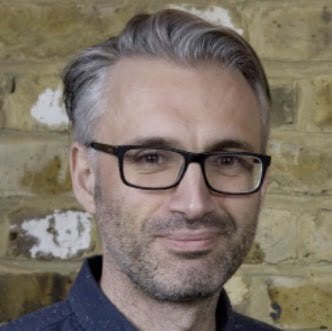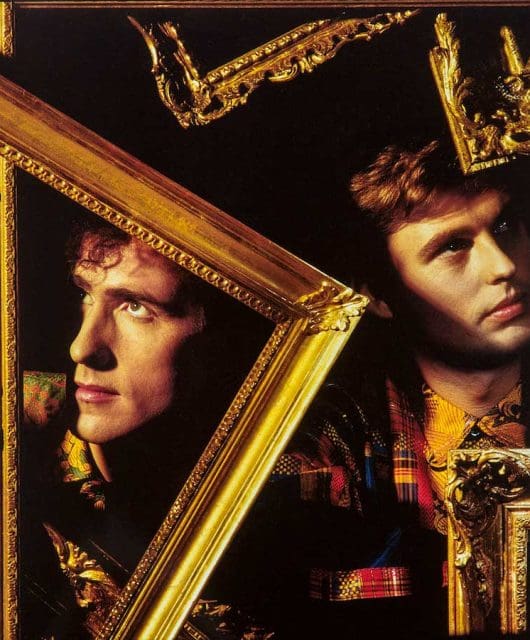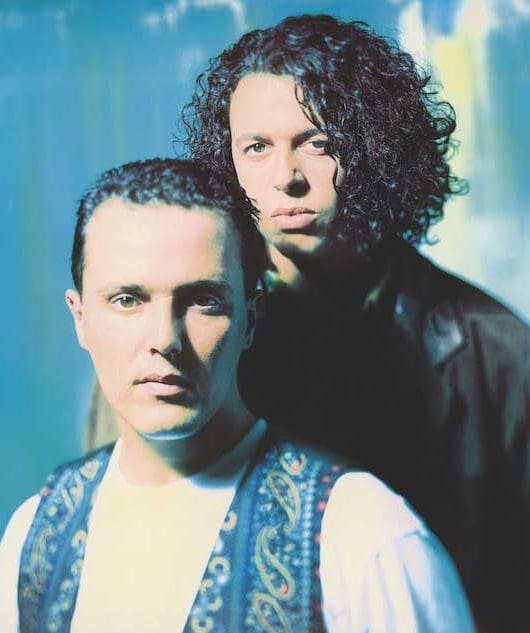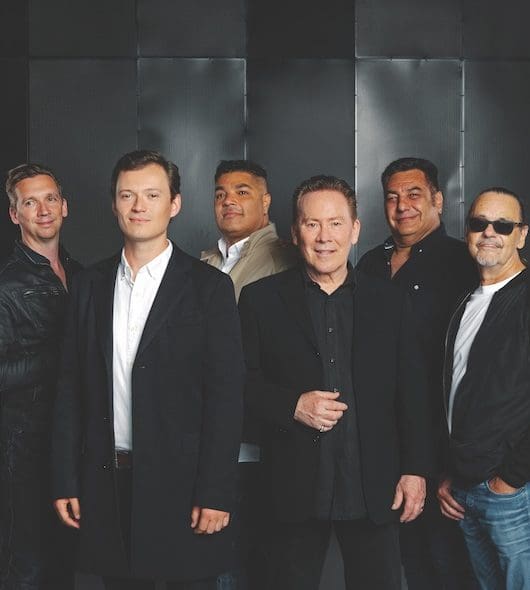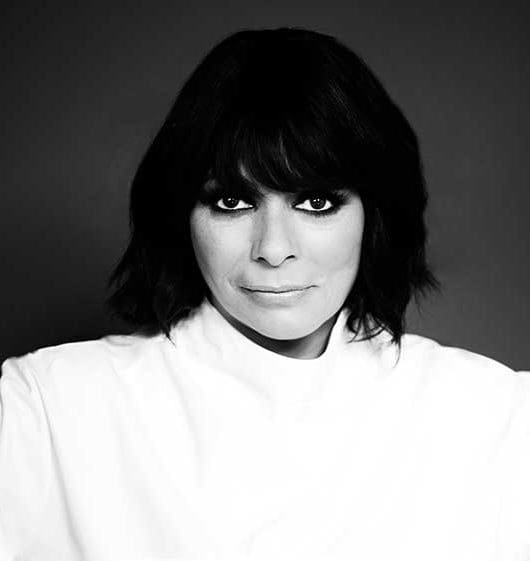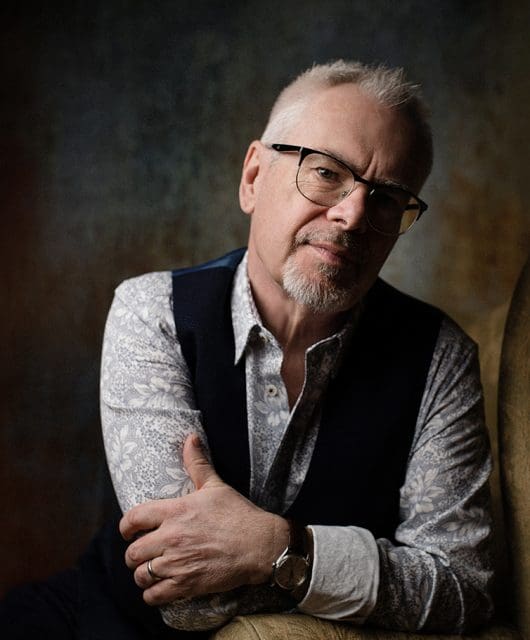Here’s to Future Days: Tom Bailey interview
By Ian Peel | September 20, 2018
With a brand new album out now, an exciting independent record label and an extensive world tour schedule, there are three fresh chapters in the story of former Thompson Twin Tom Bailey currently being written… He reveals to Classic Pop why he considers himself a “real wanderer,” and why he doesn’t wish to “stay in one place for very long…” Written by Ian Peel.
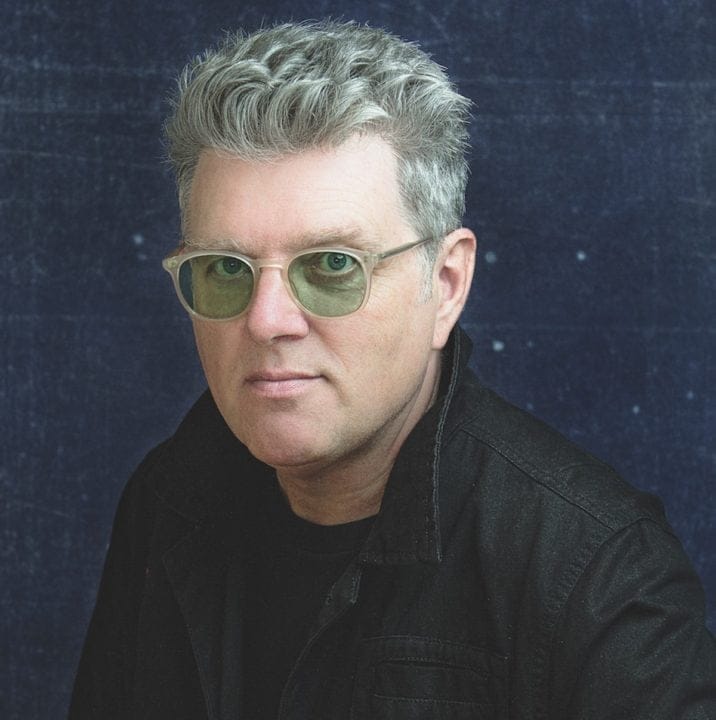
The last time Classic Pop enjoyed an in-depth catch-up with Tom Bailey was in 2015. It was his first interview in more than a decade and came on the eve of his return to live performance after a 25-year break to explore dub, World beats and a life away from the limelight.
At the time, we were quick to voice what all Thompson Twins fans were already asking: how about a new pop album? But it was way too early. “Yes, I remember!” he laughs. “There was a period when the merest mention of something like that felt like an absurd kind of mission creep. It’s like, ‘I never agreed to do anything like that’. But, it’s probably just a question of settling into the job again. I also feel that it’s actually some essential part of the equation: that you can’t just rest on nostalgia, if you want to be somehow vital to yourself. I love those old songs, but it’s nice to be making new ones.”
And he certainly is making new ones: he’s just announced Science Fiction, his first new pop album since the post-Twins breakup project of Babble which last released a record in 1996. Enjoying a sneak preview during our meeting, we heard an album that – sonically and melodically – would have sat perfectly in between 1984’s Into The Gap and Here’s To Future Days from 1985, but shot through with 2018 textures and production.
And the record will be released as Tom embarks on his most intensive schedule of live dates ever. Even more intensive than when the Thompson Twins played a sell-out run across Japan in 1985, or when they were so massive their Live Aid band included Nile Rodgers on guitar and Madonna on backing vocals.
A Product of… (Participation)
There’s the early summer UK retro festival circuit to tick off, and then he joins A-ha for the stadium leg of their Electric Summer UK tour. Then it’s off to the USA with Culture Club before heading back to the UK for an 11-date arena tour with Boy George and Co alongside Belinda Carlisle.
Tom’s live show is a reimagined, rebooted Thompson Twins ‘Best Of’, featuring We Are Detective‘s intro, a ballad-ised King For A Day and an occasional dub reworking of Runaway before a finale of Hold Me Now. Which is all well and good, but is there a level of material needed just to stop things feeling too repetitious for those on stage?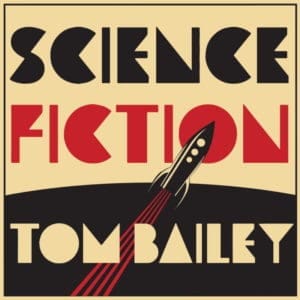
“Well, I haven’t had the chance to do much of that… We released a single about a year or so ago, Come So Far, that’s going to be on this album. I’ve been playing that occasionally, but it’s often met with bemused looks, because people don’t know it that well! And as we’re just about to go on this next tour, I’ve already thought, ‘what am I going to say to the band in rehearsal about performing new, unknown tracks?’ And one of the things I have to say to them is that this is going to be tough, because instead of just doing the festival, ‘Best Of’, show we’re going to be stretching it out a bit. Which makes it harder, but it will also make it more interesting.”
So, when Tom briefs his backing band that there’ll be new tracks in the set, it’s possible they’ll be wondering the same thing as us: how do you go from writing one of pop’s most memorable string of hit singles (10 Top 40 hits in a row, from 1983 to 1985, five of them going Top 10) to writing across other genres for a quarter of a century, then back to writing pop songs again?
Sound Design
The Thompson Twins worked with some of the greats in the world of record production including Nile Rodgers on Don’t Mess With Doctor Dream and Steve Lillywhite for Runaway. But the producer that really defined the group’s sound was Alex Sadkin, who came straight off the back of recording a hat-trick of Grace Jones classics – Warm Leatherette, Nightclubbing and Living My Life – to work on the Twins’ commercial breakthrough album Quick Step And Sidekick and its follow-up, the mainstream hit, Into The Gap.
“I learned so much from Alex,” Tom recalls. “I think it’s partly because he was a different kind of record producer. As a teenager, he’d been the tea boy in a mastering suite in Miami called Criteria and he learned how to master records. And someone from a mastering background makes a record in a very different way. He wasn’t as concerned with the feel or the atmosphere or the performance. Instead, he was interested in designing sounds to fit together and I thought, wow, that’s what we were starting to do at that time, too. We’d moved away from being a seven-piece band, to being a guy with a computer and a synthesiser that was coming up with ideas, and designing ways of putting them together. When we realised that we were on the same wavelength, that was the moment that the Twins came into their own and really became something. If we can claim to be special, it’s because of that realisation.”
“I feel I’ve been a bit silly to let this skill go rusty, because I like doing this. I like designing the shape of a pop song, and the sounds that are in it, and how it all goes together. It’s a great pleasure to me, almost beyond the abstract qualities of music in general.
“I’m looking for something more magical that you reconnect to, and I just dig that. I’m not supremely confident about anything, and it’s not like I’m the world’s greatest singer or a fantastic guitarist… but I do know how to get to the chorus within one minute.
“One of the great pleasures of playing the old hits live is the tension and release between chorus and verse. The moment you sing the verse, and the audience gives you the chorus back… that’s a fundamental part of the architecture. When songwriting, you look for things that lead into choruses, melodic elements that reach for a moment, that stand out from the rest of the melodic range, and that you imagine the crowd singing.”
Brave New World
Although Tom Bailey was the lead singer, songwriter and, from Here’s To Future Days onwards, the Thompson Twins’ producer, he never actually got around to releasing an album under his own name. But there have been a few solo projects over the years, many of them soundtrack-based. 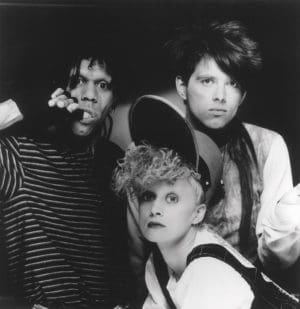
In 1982, he released – as a bonus 7” with the Thompson Twins’ second album, Set – a 7” of his deep, dark electro soundtrack for an indie arthouse film called Weather Station. Then, 10 years later, right at the end of the Twins, his Industry And Seduction sat alongside numbers by Brian Eno, Moby and David Bowie on the soundtrack to Cool World, an album that proved far more memorable than the movie.
Bailey also made excursions into dub with International Observer, a project that saw him release albums such as 2001’s Seen, 2009’s Felt, 2014’s Touched and the Escape From The Dungeons Of Dub series.
This new work, Science Fiction, sees Tom fully solo again – producing, writing and performing all the tracks. The only outside factor, it seems, being vocal producer Hal Ritson, whose credits range from Katy Perry to The Chemical Brothers.
“I recorded the vocals with Hal,” Tom explains. “That’s the one thing I can’t do myself – be my own vocal producer. Because I think, when I’m singing, I need to wear the performer’s hat totally. I got someone else to record my vocals to try to get the best out of me.”
Below the Surface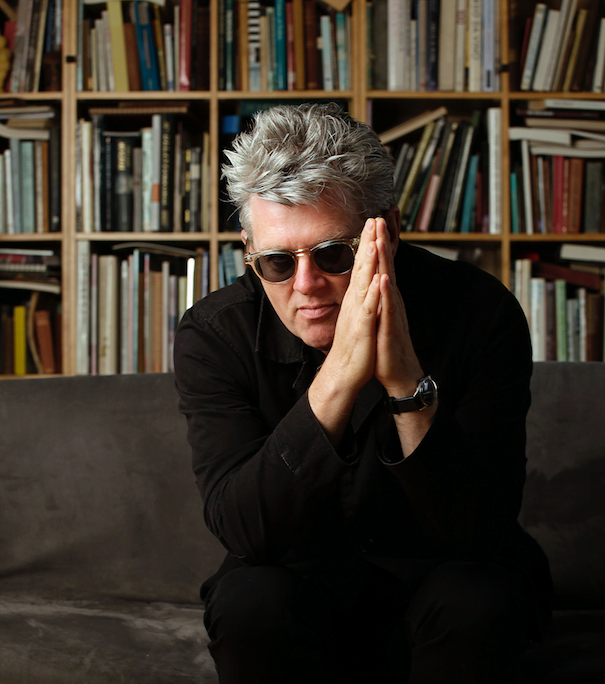
Sitting below the surface of the Thompson Twins’ most well-known hits are some daring, leftfield instrumentals. The Lewis Carol (Adventures In Wonderland) (on the B-side of Lay Your Hands On Me), The Fourth Sunday (on their post-Live Aid cover of The Beatles’ Revolution) and A Dub Product from the B-side of fourth single Animal Laugh; all took pop fans way off the beaten track. Another classic example is the dub of Doctor! Doctor! found on its B-side, titled Nurse Shark.
“We recorded Doctor! Doctor! at Compass Point in the Bahamas,” Tom remembers. “So every morning, before the session, I’d go and swim out to the reef, splashing around, but I never saw anything. Alex Sadkin had a degree in marine biology and he said: ‘Come with me, but don’t jump in and make a lot of splashing. We’ll just wade out, very slowly, and then put our heads underwater’. At that point, I saw all sorts of creatures gently moving away. Enormous stingrays, sharks, barracudas… He said: ‘That’s the trick. Most people never see anything because they just drive them away before they even put their head under the water.’
“I think we saw something called a nurse shark, so that became the title of that track. But I never thought of those B-side dubs as being that bold. To me, I thought it was just brilliant to have alternative versions, and how the whole deconstruct/alternative mix thing didn’t have to be just about extended dance mixes.”
“Hal also had a really interesting idea. Because he’s a vocal specialist, and because he’d recently been working with a Cuban singer, he suddenly had this idea to ‘Latinise’ one of the songs, What Kind Of World? So he got in this Cuban singer in and it added an instant feel to it.”
Having played back that track as we talked, it’s certainly an interesting twist on the classic Twins sound, to add a South American beat. But World influences have always been a very important part of Tom’s take on pop music. The breakthrough Thompson Twins albums were recorded in Nassau and in the mid-2000s he sailed up the River Ganges (with a recording studio on board) for The Holiwater Project. So where was this album recorded?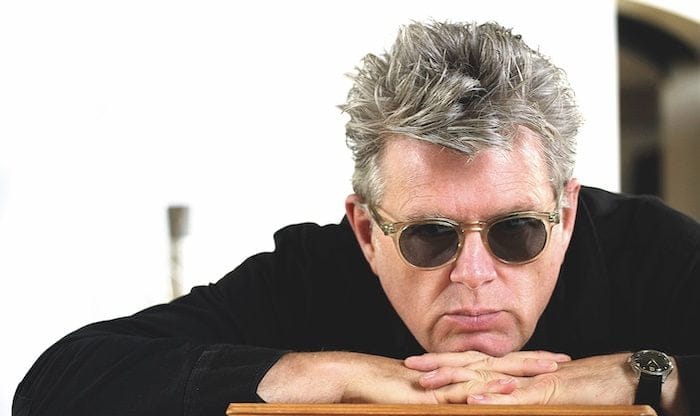
“France, New Zealand, London… because these days, my studio is a laptop and a pair of headphones. Wherever I go, I’m working! Occasionally it spreads out a little bit into more equipment, but that’s it. I’m a real wanderer, I don’t stay in one place for very long.”
While Science Fiction is about the future of Tom Bailey as a pop artist, it also joins the dots with a couple of the Twins’ earliest moments. One of the group’s most popular early live tracks, when they were the original troupe of squat-based indie anarchists, was Living In Europe, recorded in 1981 as the UK was joining the EEC. Several decades later, Tom muses on European culture, post-Brexit, on the new album.
“Yes, there’s a kind of Brexit song on this record called Ship Of Fools. There’s something peculiarly unpleasant about us Brits and the way we stare out at the rest of the world, saying: ‘Don’t come here’, and I thought I’ll ally that to another thing that’s peculiarly British, which is the absurdity of Carry On films, so I can express the strangeness of the first thing in the terms of the second. I don’t want to go on about the political angles but it seemed to me a fantastic subject for a pop song. Back in 1981, with Living In Europe, people were starting to identify as European, and I thought that was wonderfully exciting, so it feels like the end of an era now.”
The Future’s Unwritten
There’s another sense of history catching up with itself as the new album will be released on Tom’s own indie label, just like the group’s first, self-pressed records in the late 70s. In more recent years, concerts are the platform to sell music for an artist like Tom. “I’m going on this enormous tour with Culture Club in the US and, this year, I’ve got 75 dates confirmed already. I’ve never been this busy, so it seems crazy when you go to a record company, and they say: ‘Well, we’ve got a hole in our schedule in October’, or something like that. Forget it, I want it on sale now! So, I’m thinking, what exactly can they offer, that we can’t just kind of buy off the shelf nowadays?”
“There are a few things,” he concedes. “I think, when you approach radio or TV and you’re on a major label, they might take it a bit more seriously than if you’re on ‘Fluorescent Yo-Yo Records’ or something like that. But despite that we decided not to go down the major label route, so I formed a label called Mikrokosmos. When I was a kid, I was forced to learn the piano and there was a Hungarian composer called Béla Bartók who wrote a kind of primer for the piano, which actually gets very, very complicated towards the end. It’s called Mikrokosmos and, when I was thinking of a label, it just came into my head.”
And this squares another circle, as it were, because when the Thompson Twins started off they didn’t need a record deal, they just needed to press 7” singles themselves to sell at gigs. “There was something called Dirty Discs first, which released the Twins’ first 7”, Squares And Triangles, in 1979,” Tom remembers.
“But it wasn’t really anything, it was just something we made up in a squat. I don’t think we ever registered it or did anything formal with it. But I remember making the logo. Then there was T Records which was something when we signed to Hansa. It had become very hip for everyone to have their own imprint, so T was an affectation of the time, even though effectively we were on Hansa then eventually Arista.”
Has the world of the record company come full circle? “The writing’s been on the wall for a long time, in the sense that the relationship between performing and recording has completely flipped. We would lose money on tour in order to promote the sales of our records, now you put a record out to sell tickets. So that means that you have to be a bit cautious when making a record, for a start. And also just manage your expectations. It’s not like the old days, in other words.”
Science Fiction is out now – read Classic Pop‘s review here.
For more details, visit thompsontwinstombailey.co.uk
Read more: You’ve Come a Long Way, Baby! Jaki Graham interview
